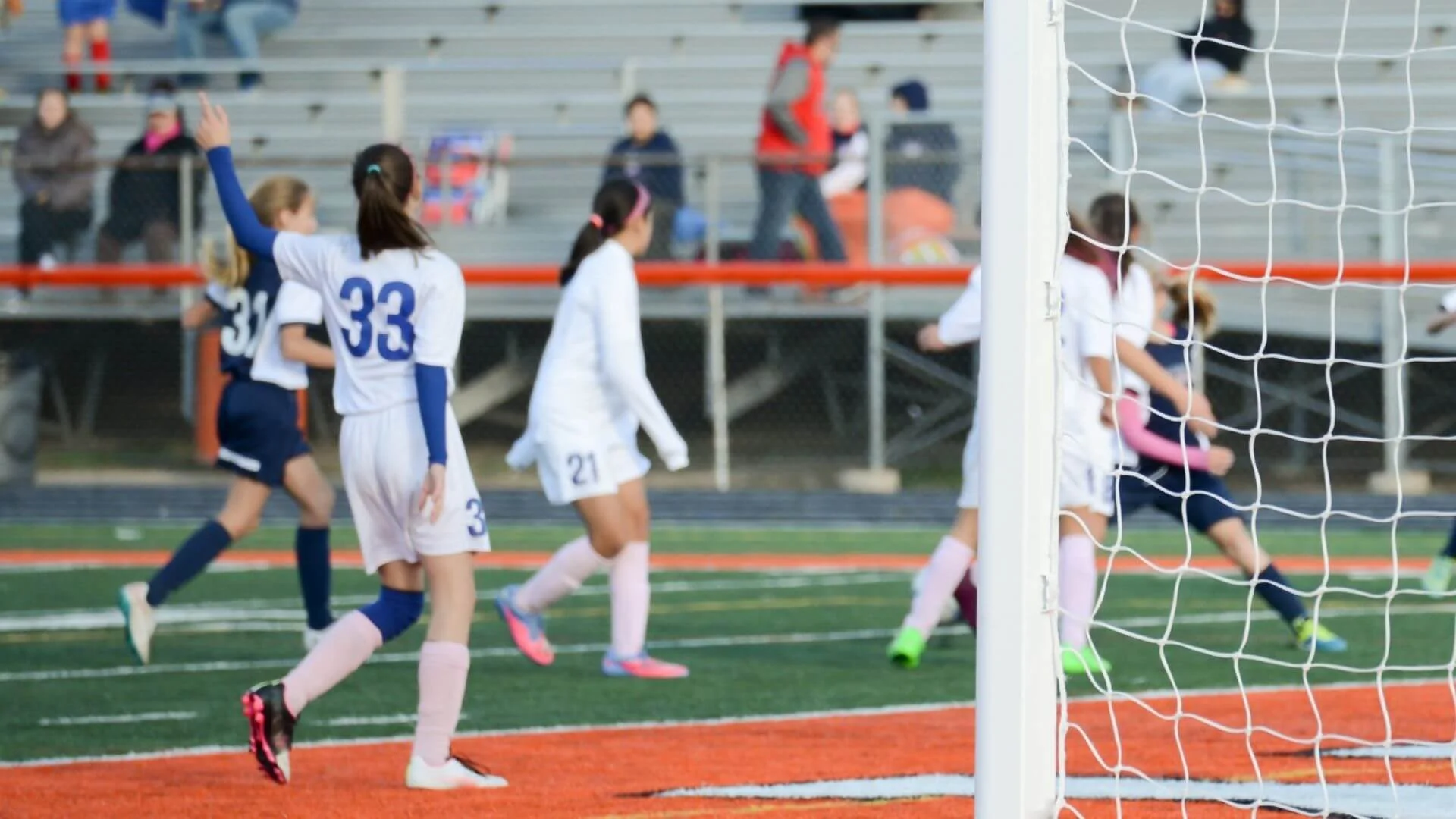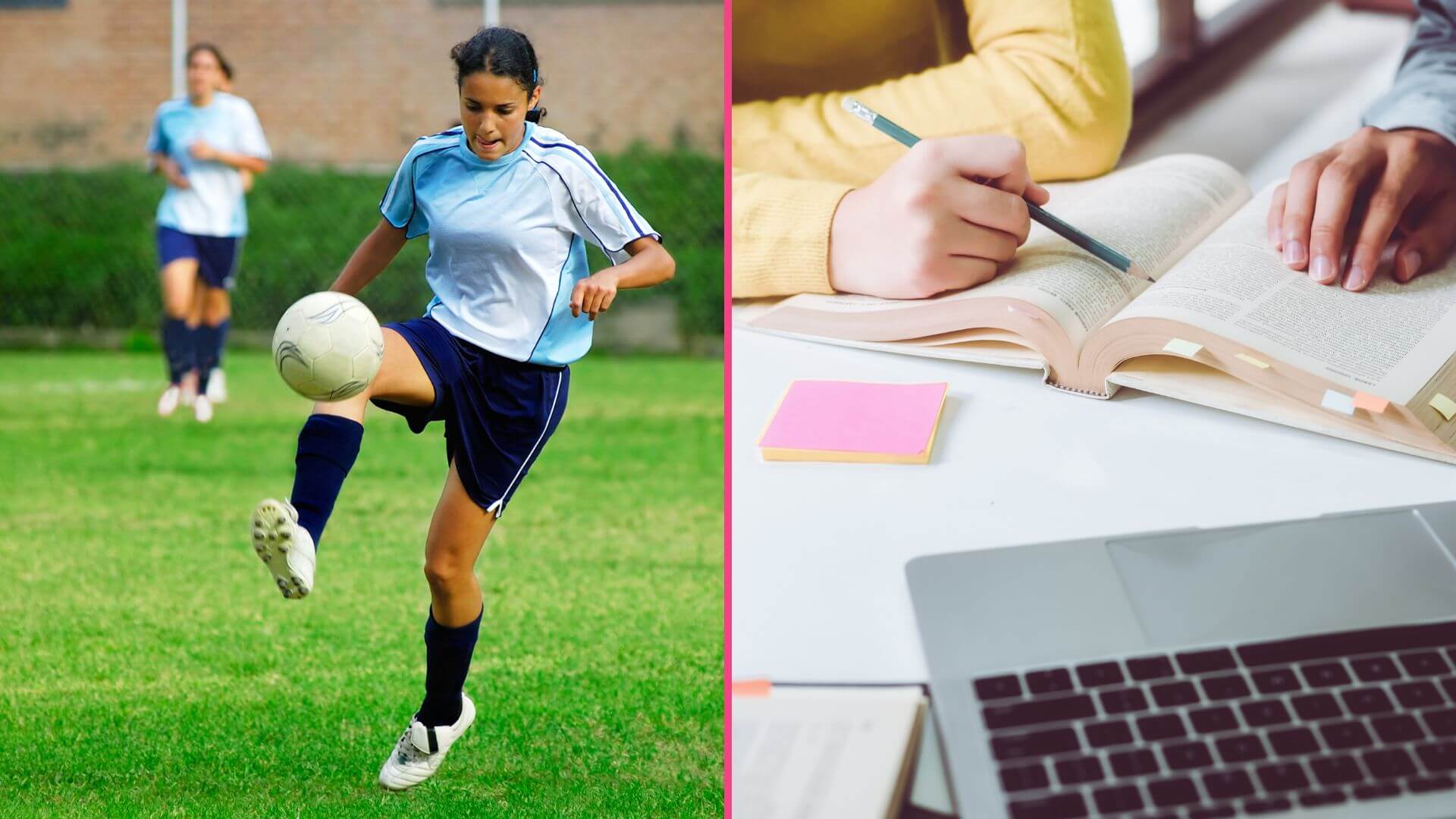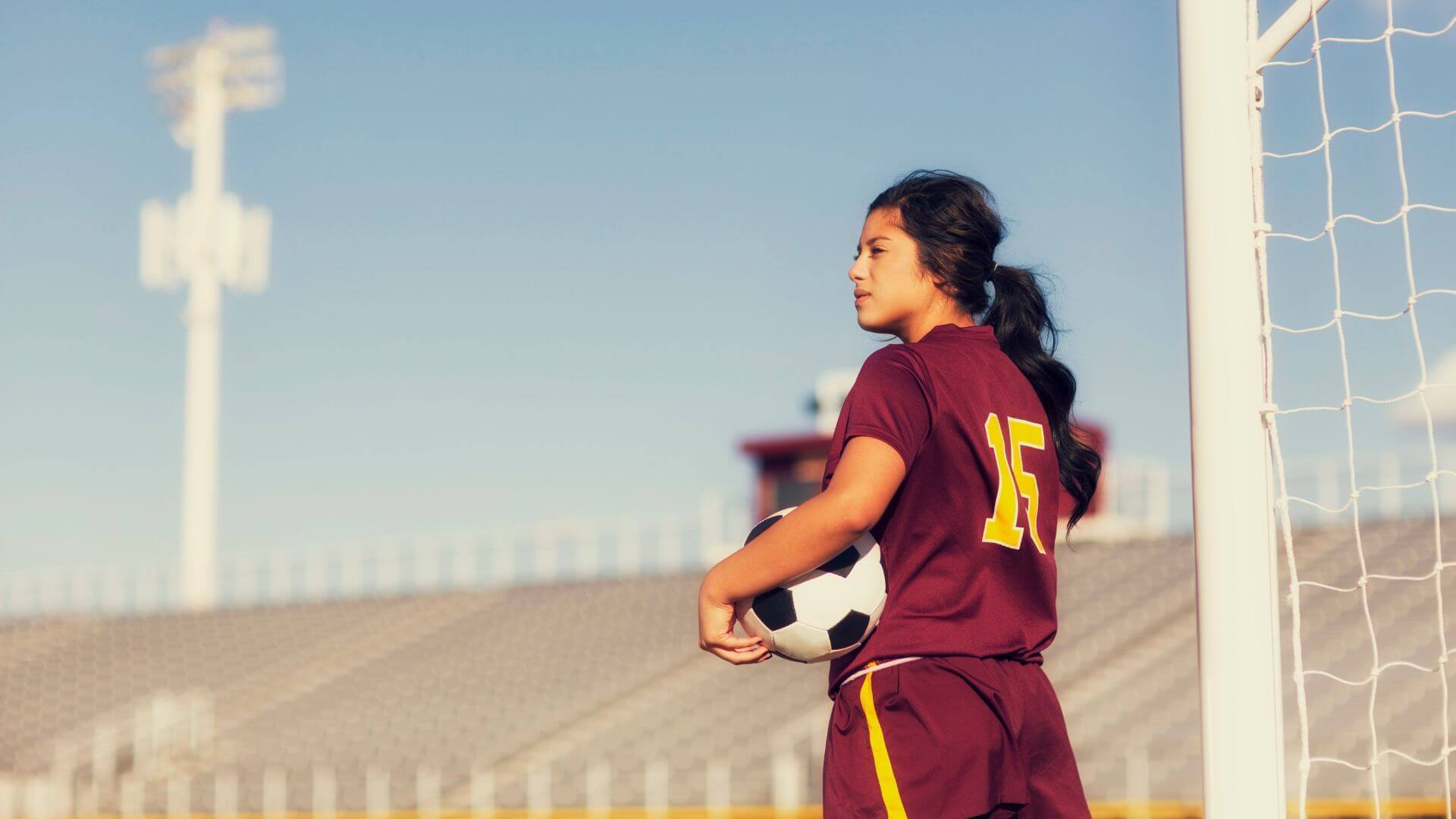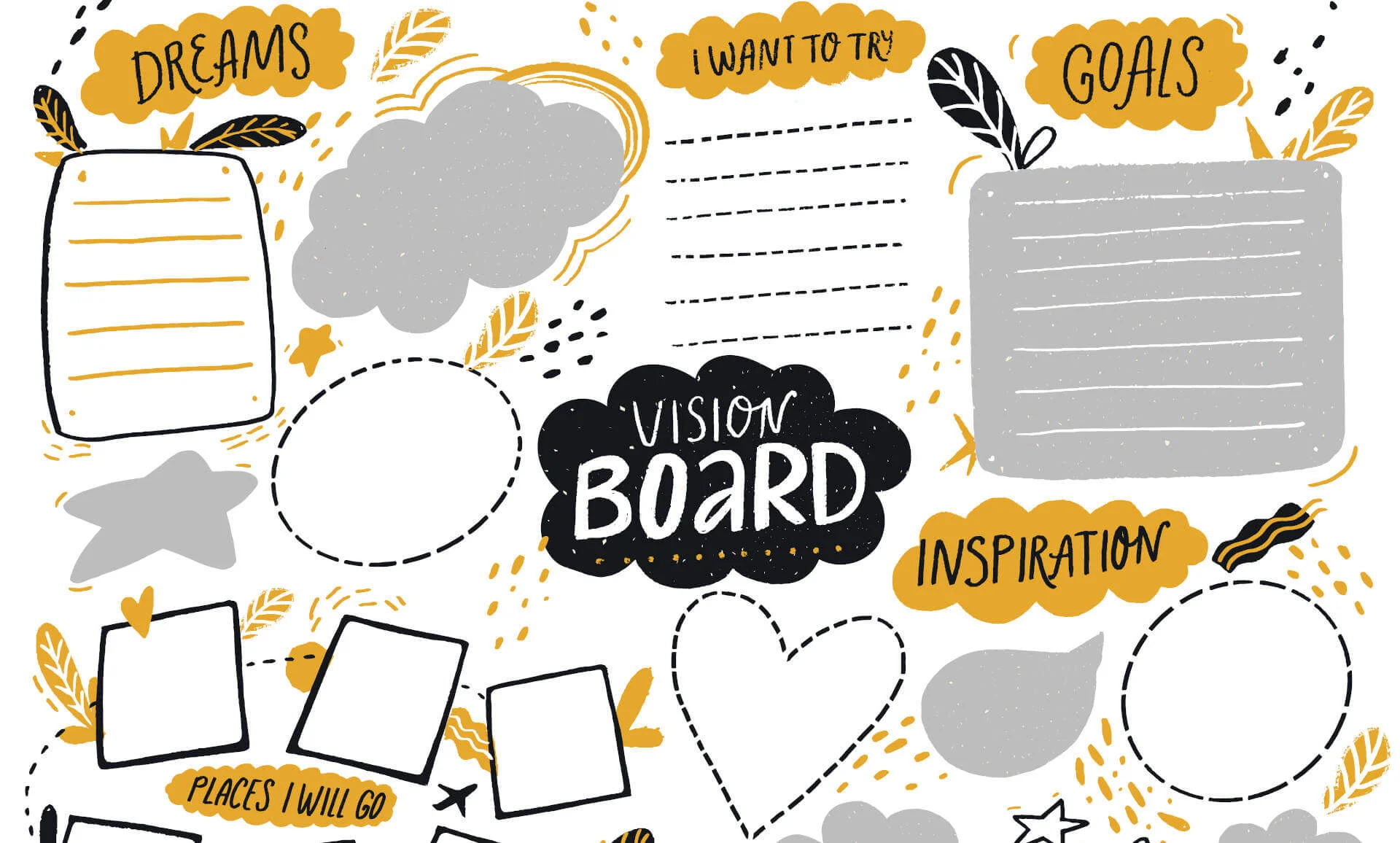Integrating Rest Days Into Your Training Schedule
We all know that point in preseason where you can no longer feel your legs. Beep test anyone? Hello, Jello legs! You think that feeling will go away once preseason is over but, it never fully does. Halfway though the season, you wonder how you’re going to make it through another 90 minutes on the pitch. But you do. Every time. Every year. However, there are ways that you can manage in season and off season soreness and fatigue.
“Rest” days are a way to allow your body to recover and heal from strenuous training or game day. It’s better to move your body than to spend the day stuck on the couch. The body needs to move to help alleviate soreness, achy joints, and grow muscle. Signs you need to take a rest day include persistent soreness, extreme fatigue, pain, emotional changes, poor sleep quality, and reduced performance. Structure rest days after game days along with after high-intensity training sessions.
There are a variety of ways you can “rest” your body. Getting a good night’s sleep should be top priority as a Soccerista. This is when your body repairs itself. The strategy you take on rest days will help to increase strength, performance, and mental fortitude. No matter what point of the season you’re in, “rest” days are crucial. Rest days can be renamed ‘active recovery’ days.
As stated in an article from Very Well Fit, “Active recovery is the engagement of low-intensity exercise after completing a heavy workout or athletic event. As paradoxical as it may seem, the best way to recover from a marathon or other sports competition is to exercise at a lower intensity rather than remaining still.” Keywords that describe active recovery are “low-intensity exercise.” Have you ever had a coach that gives you a rest day that consists of a moderate workout leaving you even more fatigued and sore? There’s a fine line between active recovery — the main rest day ingredient — and a workout, which is counterintuitive to recovery.
To help you figure out what you should be doing on rest days, here’s a cheat sheet specifically for Socceristas:
- Mobility: Most important in my opinion. Moving each joint through a controlled range of motion helps keep the body strong and functional. Mobility is key to injury prevention!
- Yoga: Gentle styles of yoga are perfect for relaxing for the body and mind. It helps to relieve soreness.
- Low Intensity/resistance cardio: Cycling, rowing, brisk walk, light jog. Twenty to thirty minutes is enough to aid in muscle recovery.
- Swimming, aqua walking, or other aquatic activities: Nothing feels better on an injury or aches like being in a pool-weightless! Swimming is beneficial any time of year.
- Foam Rolling: Myofascial release to help increase mobility and reduce soreness.
- Massage: Another form of myofascial release with amazing mental benefits key to keep you feeling healthy in body and mind.
- Refuel with Food: Your body is depleted after high intensity workouts and games. Your muscles need calories and nutrients to rebuild. Eat complex carbs to restore your glycogen levels. Drink enough water. Hydration is necessary to prevent muscle cramps, clear by-products exercise, and deliver nutrients throughout your body. Fruits and veggies offer nutrients, aiding in recovery. Protein is also essential for muscle repair.
- Cryotherapy: Cold exposure therapy with many benefits that include muscle recovery and pain reduction.
- Epsom Salt Bath: Helps reduce stress, relive muscles, replenish magnesium and more.
There are many different ways to approach your days off.
Try different modes of recovery off the list. What makes your body feel better, you keep as a part of your routine. Everyone’s body is different and might require different approaches to recovery. Your overall goal is to nurture your body AND mind!
Feature photo via Adobe Stock @dream@do











